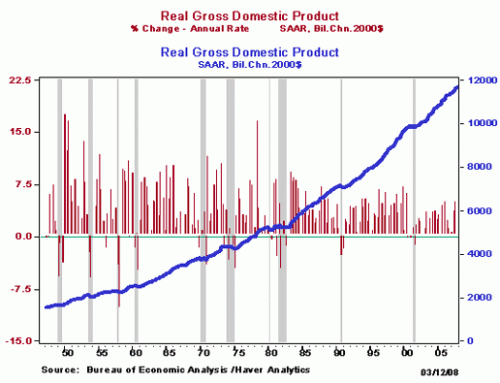I’ve been trying to ignore all the discussion in the presidential campaign about Bain Capital and leveraged buyouts and private equity, but pull is too strong and I can no longer resist. Must….write…blog…entry.
First off, let me say that buyouts* are neither inherently good nor bad. People who are completely bashing buyouts as inevitably bad, as rapacious tools for the 1%, are simply wrong. People who are utterly defending buyouts as inevitably good, as the perfect form of free market capitalism, are also wrong. I mean, duh. Nothing as complicated as a buyout is going to just be good or just be bad.
Good: having a buyer focus a complacent or bloated company on its core products is often very productive. Bad: having a buyer stop investing in R&D and shut down pensions while continuing to pay itself fees and dividends is often very troubling.**
Rather than delve more into the good or the bad, I do want to point out one thing that isn’t often mentioned: how similar the buyout business is to the mortgage business as practiced on Wall Street. Both businesses are leveraged gambles with the government picking up at least some of the tab if you lose. We all know how Wall Street borrowed massively to bet on mortgage-backed securities. And they made jillions, paying out huge bonuses, until it went wrong, and the government bailed all of Wall Street out. Heads they win, tails we lose.
Buyout barons have a similar deal. Not quite as good, but similar. They borrow heavily to amplify the returns on their deals. If it goes well, they make tons; that is why Mitt Romney is so rich. But if it goes poorly, the Bains and KKRs of the world get to walk away, using the government bankruptcy code, and leaving the workers’ pension plan in the hands of the Pension Benefit Guaranty Program, a government agency. I don’t want to overstate the case: sometimes private equity firms lose money on bad deals. They don’t fully socialize their losses. But their losses are limited to that deal; the structure is such that they can walk away from bad deals.
In the meantime, they are borrowing against the assets of the company and paying themselves dividends with the money. You might say “they can’t be applying too much leverage, or banks wouldn’t lend them the money.” Sure, just like banks would never give mortgages to pool cleaners who made $25,000 per year. Oh wait, they did, repeatedly. To quote Mike Konczal, who is quoting Josh Mason, “It was a common trope in accounts of the housing bubble that greedy or shortsighted homeowners were extracting equity from their houses with second mortgages or cash-out refinancings to pay for extra consumption. What nobody mentioned was that the rentier class had been doing this longer, and on a much larger scale, to the country’s productive enterprises.”
Finally, I should also note that buyouts are structured as giant tax dodges. Again, this is not inherently bad; we expect companies and investors to legally minimize their taxes. But the fact is that a big part of the value of buyouts is their tax efficiency. That is why buyout firms continually sell companies to each other in a round robin of tax avoidance; they aren’t all adding “operational value.” There is only so much a bunch of ex-investment bankers can do to change the operations of a company, but each time a company is sold there is a new set of tax avoidance strategies.
How does this work? First of all, because interest payments are tax deductible, the leverage applied in a buyout is essentially subsidized. Much like homeowners are encouraged to take out larger home loans by the tax deductibility of mortgage interest, buyout firms are encouraged to leverage up as much as possible. This enables the company’s operating income be used on debt payments, amplifying returns, rather than going into taxable income. In addition, at the time of acquisitions, assets of the company can be written up to fair market value and then depreciated, with the non-cash depreciation expense also tax-deductible. That step-up in asset value at acquisition is precisely why buyout firms keep flipping companies to each other. In a perfect deal, the post-acquisition company will have taxable income below zero, but positive cash flow. In other words, regardless of whatever operational improvements a buyout firm might implement, a huge part of the value that accrues to that buyout firm is due to financial engineering, specifically financial structuring to avoid taxes.
* I will use the term “buyouts” here, which are usually leveraged but don’t need to be. Since “private equity” also refers to venture capital, I will avoid using that term.
** From a recent Vanity Fair article:
“According to Kosman, “Bain and Goldman—after putting down only $85 million … made out like bandits—a $280 million profit.” Dade’s debt rose to more than $870 million. Romney had left operational management of Bain that year, though his disclosures show that he owned 16.5 percent of the Bain partnership responsible for the Dade investment until at least 2001.
Quite soon, however, a fragile Dade faced adverse conditions in the currency markets, and it had to start in effect cannibalizing itself, cutting into the core of its business. It filed for bankruptcy in August 2002 and Bain Capital departed. When Dade emerged from bankruptcy, its new owners invested in long-term R&D, and it flourished again.”


